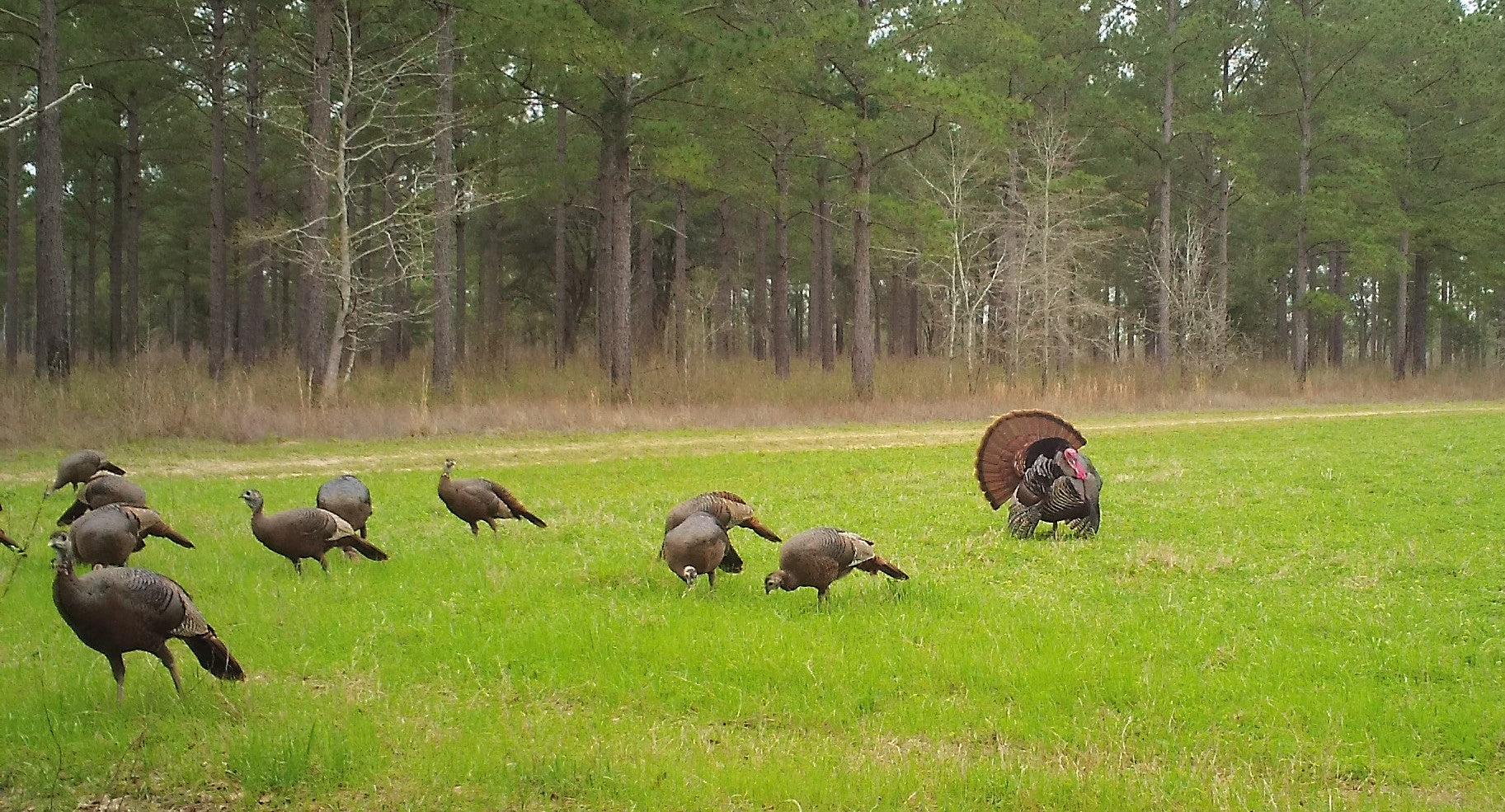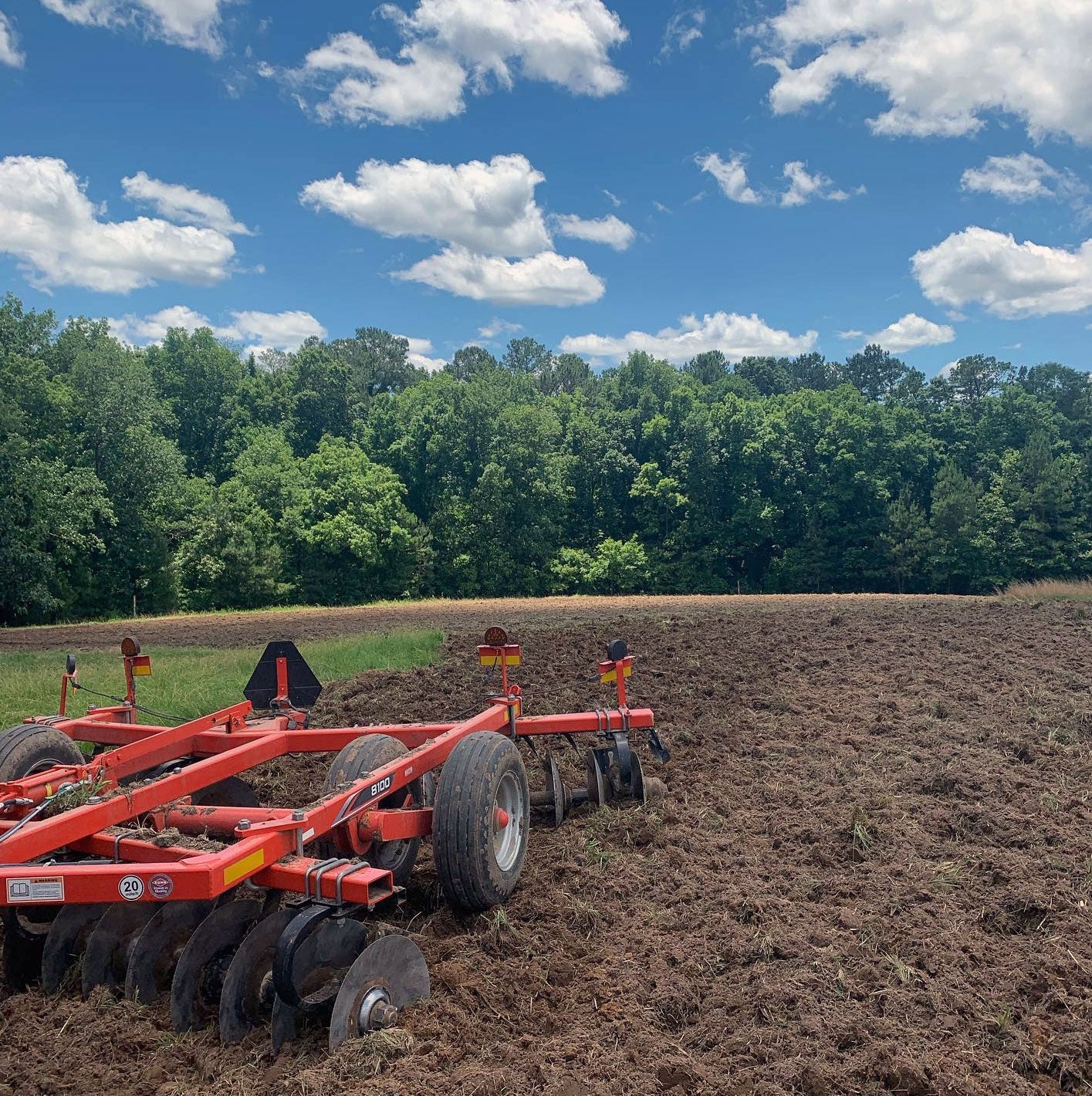Solving the Buck Movement Mystery - Part IV
Yearling Bucks versus Mature Bucks
In the previous article I discussed Dr. Stephen Webb’s study on how water availability and protein feeders affected mature buck movement. Thirteen of these mature bucks that Webb tracked were originally captured and radio collared as yearling bucks in 1998. Evan McCoy, a Masters student at Texas A&M University-Kingsville, tracked these yearling bucks to determine dispersal rates and distances. As yearlings, these 13 bucks had home ranges that averaged 1,028 acres with core areas that averaged 249 acres. We then recaptured these same bucks in 2002 when they were five years old. Webb determined their average home range at maturity to be 450 acres. Core areas averaged 55 acres. As a result, home range size decreased an average of 56 percent and core area decreased 78 percent. These data support the results of my earlier Ph.D. study that showed that home range size and core areas tend to decrease as bucks increase in age.
Surprisingly, the percentage of overlap between yearling home range location and the location of the same buck’s home range at maturity averaged 63 percent for the 13 bucks. And this average includes three yearling bucks that dispersed after McCoy study ended. If these three bucks were excluded, the percent overlap increases to an amazing 82 percent! Two other south Texas studies resulted in very similar measures of overlap, further confirming the above results.
Therefore, once a young buck has established his own adult home range, he will likely remain in that same area throughout his lifetime. This is great news for hunters who pass up two, three, and four-year-old bucks. It is highly likely that these same bucks will reappear the following hunting season right where you passed them up!
How Much Land Is Enough?
Webb used the above results to determine the minimum property sizes necessary to protect different age classes of bucks. Yearling bucks, with the largest home range, combined with the tendency to disperse an average of two to seven miles, require the largest property size for protection. Incredibly, without a high fence perimeter, a minimum property size of 25,000 acres is needed to insure at least 50 percent of yearling bucks remain on the property!
Once a buck reaches middle age (2 to 4 years old), home range size decreases dramatically because dispersal is no longer an influence. As a result, only around 2,500 acres are necessary to insure that at least 50 percent of these middle-aged bucks will remain on the property. Properties between 12,000 and 25,000 acres would permanently protect 80 to 85 percent of middle-aged bucks.
Mature bucks, with the smallest average home range size, only require around 2,500 acres to insure 80 percent or more of these bucks stay on the property. Properties greater than 12,000 acres would permanently protect more than 95 percent of mature bucks. Landowners and lease hunters with properties 2,500 acres or larger should feel confident that the mature bucks killed on their property are the result of their management efforts and improvements. This is because there is a high likelihood that those bucks have resided on the property since they were two years old.
Again, from a hunting standpoint, the small home range size for mature bucks is great news. If you elect to pass up the harvest opportunity of a mature buck because he has a broken point, or you were in a drought that particular year, it is likely that the buck will not range onto your neighbor’s property to be killed by your neighbor. It is also highly likely that the mature buck will reappear the next hunting season right where you left him.
What Can Be Done To Improve The Odds?
Obviously, the construction of a high fence around the perimeter of the property will stop nearly all buck movements off the high-fenced property regardless of property size. We all know this is the most common reason for building high fence and why so many properties in south Texas are high fenced. Unfortunately, the cost to high fence a property seems to increase by the day, so what can be done besides building high fence?
A buck’s home range includes a core area where he concentrates most of his time. This core area is often only around 25 to 33 percent of the size of the home range. If you own a relatively small property, you can increase the likelihood that a buck will position his core area on your property by improving the habitat on your property.
I recommend that small property landowners first establish a sanctuary near the center of their property where human activity is forbidden except for very rare circumstances. In fact, I recommend posting the perimeter of the sanctuary with permanent signs so that those less familiar with the property can still identify the boundaries. This sanctuary should include lots of security cover where mature bucks are never disturbed. If brush density is low in this area, portions of the sanctuary can be shredded, aerated, or chained. These three mechanical brush control methods actually result in a higher density of brush plants three to five years later because of re-sprouting.
I would install supplemental feeders in the sanctuary. If a permanent source of water were not available in the sanctuary, I would have a stock tank constructed. Although neither supplemental feeding nor permanent water seemed to affect buck movements during Webb’s study, you can bet that when a drought occurs, bucks will make use of both the feed and the water.
Small property landowners can also install food plots near the sanctuary. I would concentrate on cool-season food plots that serve as buck “attractants” during the hunting season. In south Texas, unless you are a skilled farmer, cool-season food plots are the only option. Late summer and fall rains are the most consistent rains of the year thanks to the hurricane season. Oats, triticale, and commercial cool-season blends all work well as attractants when planted during September and October.
If possible, I would also reduce hunting pressure during the weekends, when your neighbors are most likely to be hunting. Why risk pushing a buck onto your neighbor’s property when he is most likely to be hunting? Instead, I would concentrate hunting during weekdays. Any bucks you pressure onto your neighbors at this time are less likely to be killed by your neighbor because he is not likely to be hunting.
Finally, I would take steps to reduce the visibility onto your property from the boundary. I would allow the brush to grow thick and tall near the boundary to serve as a visual barrier from your neighbor’s property onto your property. If brush exists, but the cover is thin, you can use a chain saw to hinge cut the existing trees. These half-cut trees will survive and throw shoots on the topside of the fallen trunk, creating a much thicker wall of brush. Be careful not to cut too far through the trunks when hinge cutting.
If brush or trees were not present, I would plant these trees. Ideally, faster growing evergreens that keep their leaves year-round should be selected. One example is Texas ebony, which has dense foliage and is an evergreen that grows 15 to 30 feet tall. Another option is to transplant prickly pear cactus or plant cactus pads.
Next week we will discuss if high fences are a compliment or a curse for deer managers.
Posted by Dr. Mickey W. Hellickson











Leave a comment